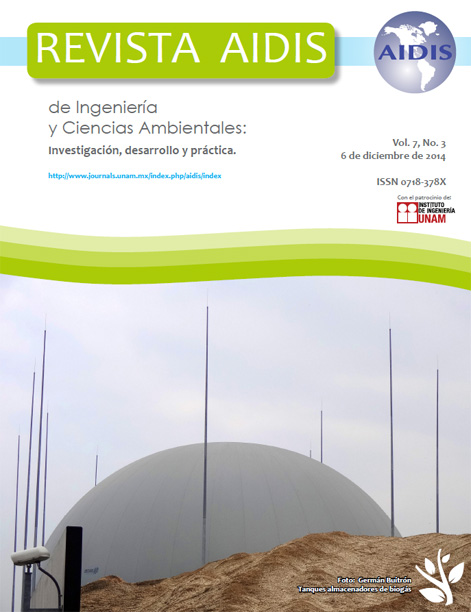EVALUATION OF TOXICITY OF SEPTIC TANK EFFLUENT TO Daphnia magna AND Daphnia similis
Main Article Content
Abstract
Sustainability in sanitation management is not an option but a necessity. The direct discharge of untreated wastewater has a negative environmental impact and poses health problems for society. One source of pollution is the effluent from septic tanks that may pollute the aquatic biota is dumped directly into waterways without any treatment. And to assess the impact that these pollutants have on aquatic biota is used for toxicity testing. The aim of this study was to know the characteristics of the effluent from septic tanks and assess the degree of acute toxicity via microcrustaceans Daphnia magna and Daphnia similis. Were collected and characterized twelve samples of effluent from septic tanks. Later there was the toxicity of the samples with Daphnia magna and Daphnia similis microorganisms. The results indicate varying concentrations of COD, BOD, solids and nitrogen. Toxicity tests demonstrate the presence of high toxicity for all samples with a mean EC50 equal to 54% to 41% Daphnia magna and Daphnia similis showing that these samples are considered toxic. Toxicity tests with aquatic organisms are an effective tool for evaluation or detection of the effects of pollutants on living organisms.
Key Words: Daphnia magna, Daphnia similis, Effluent from septic tanks
